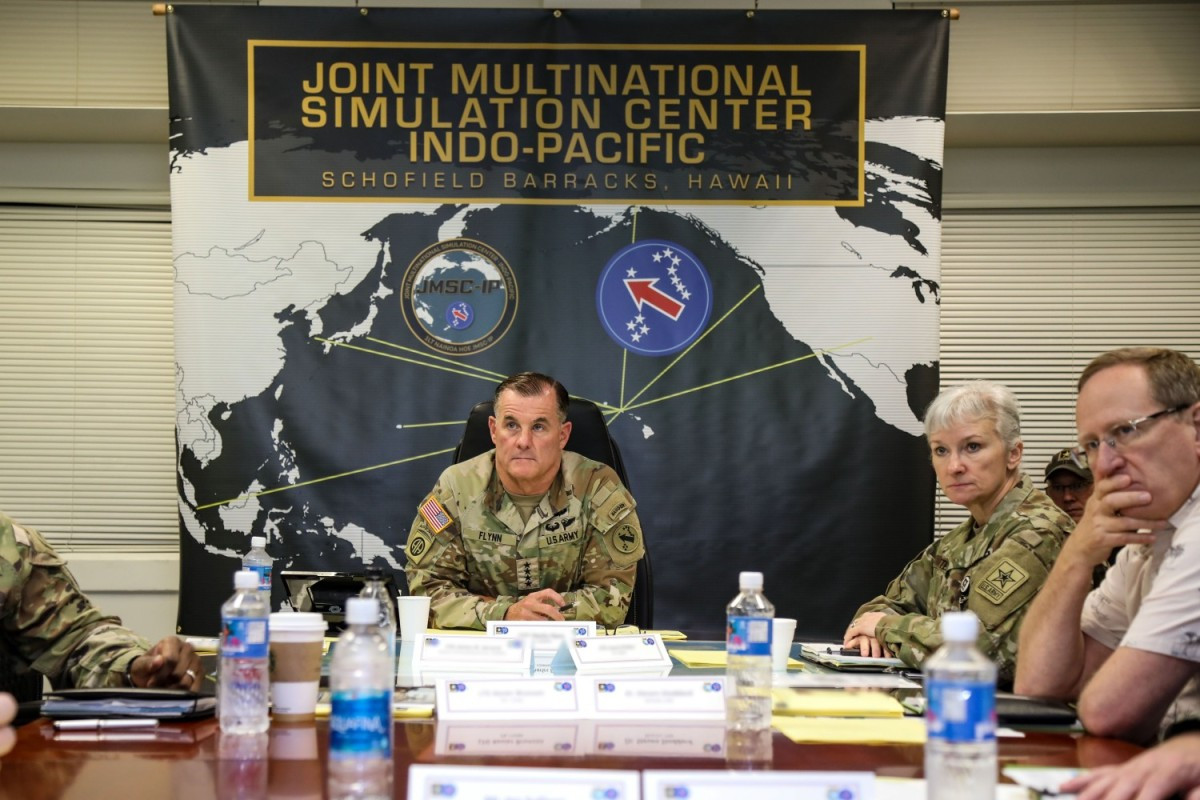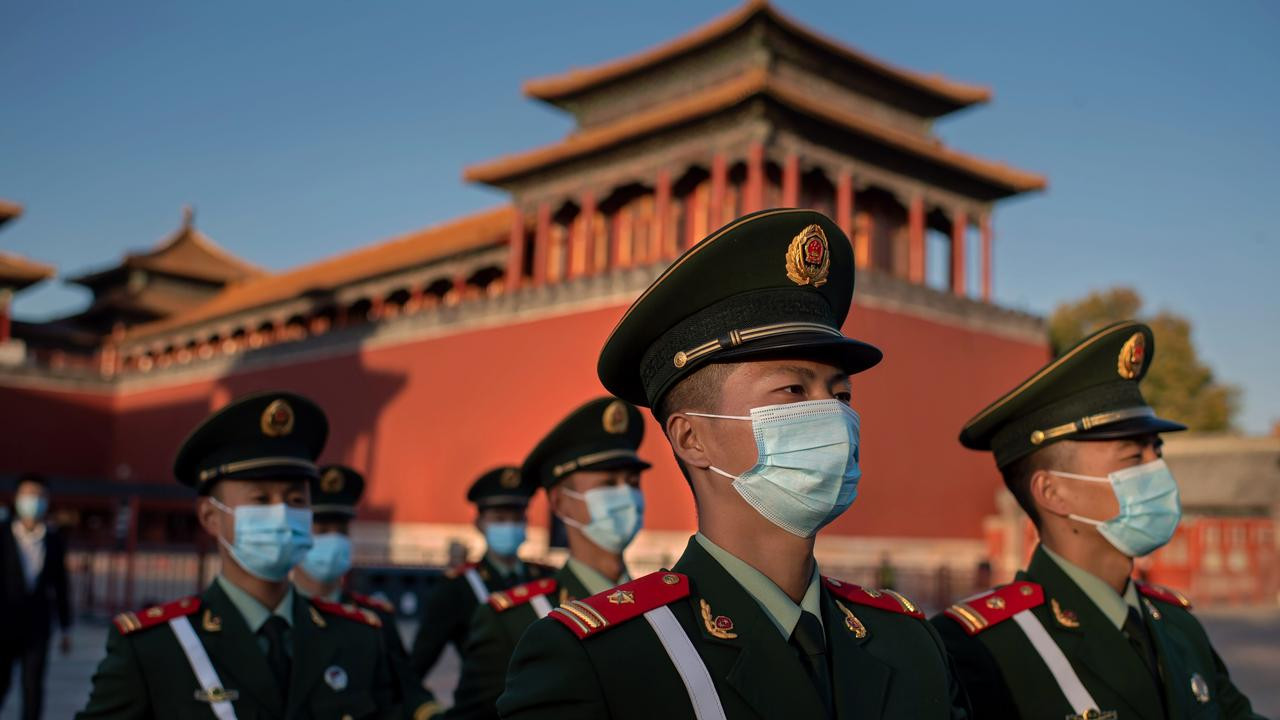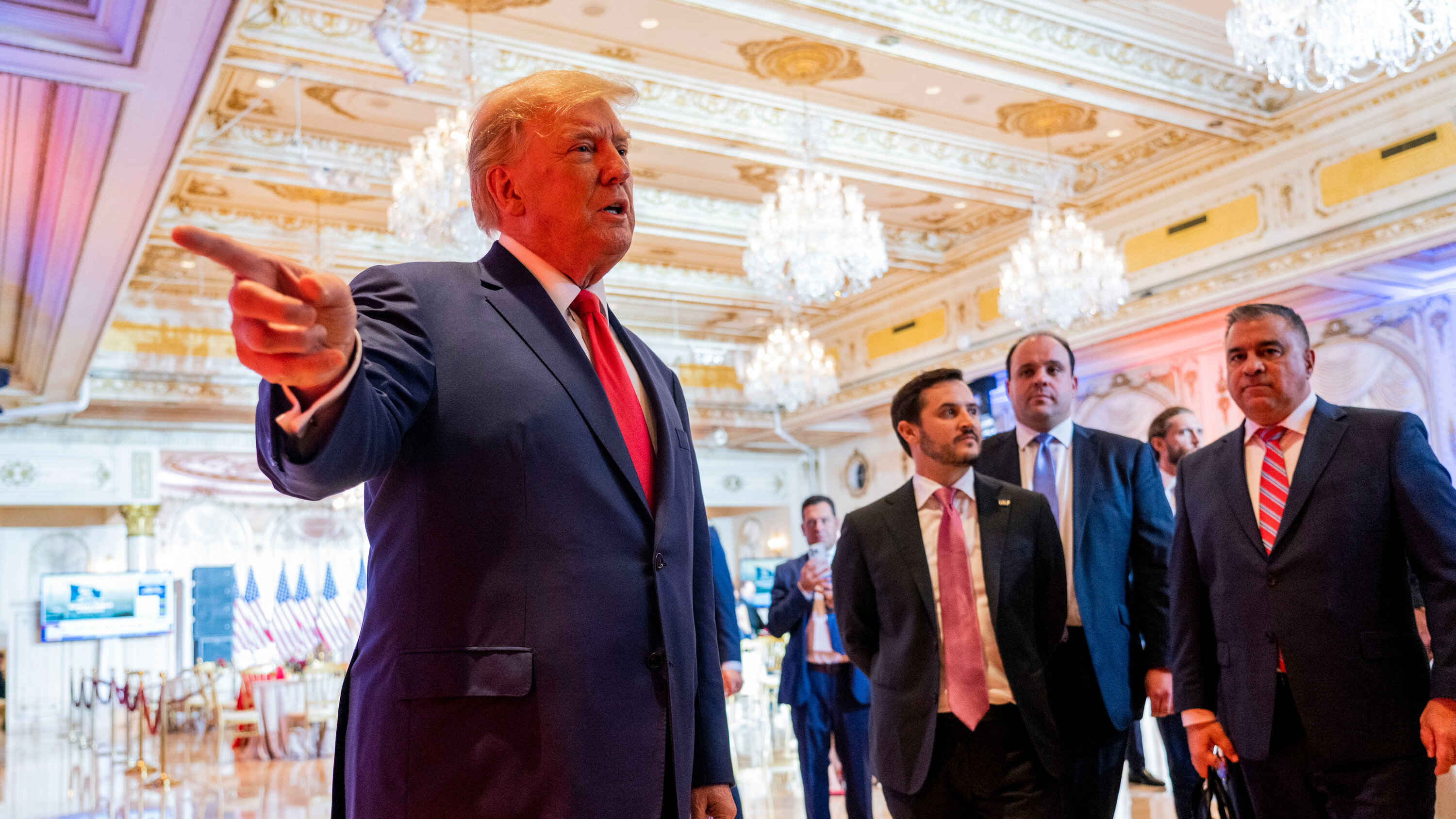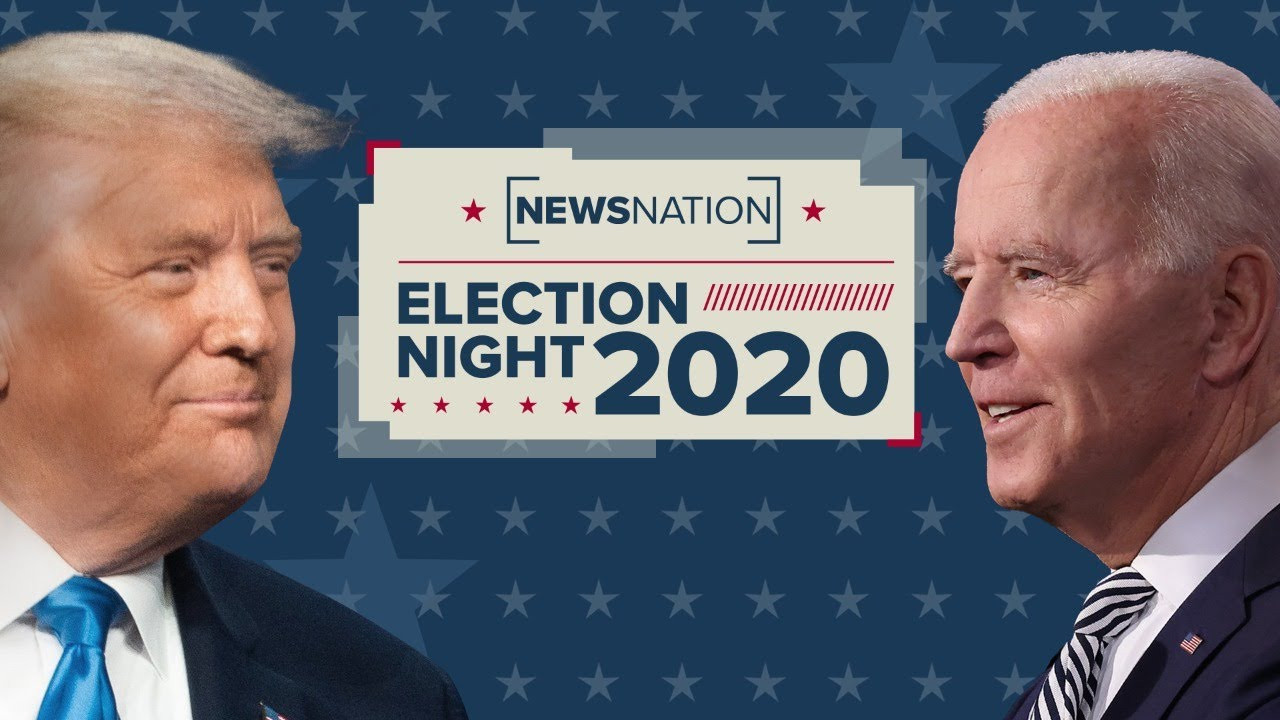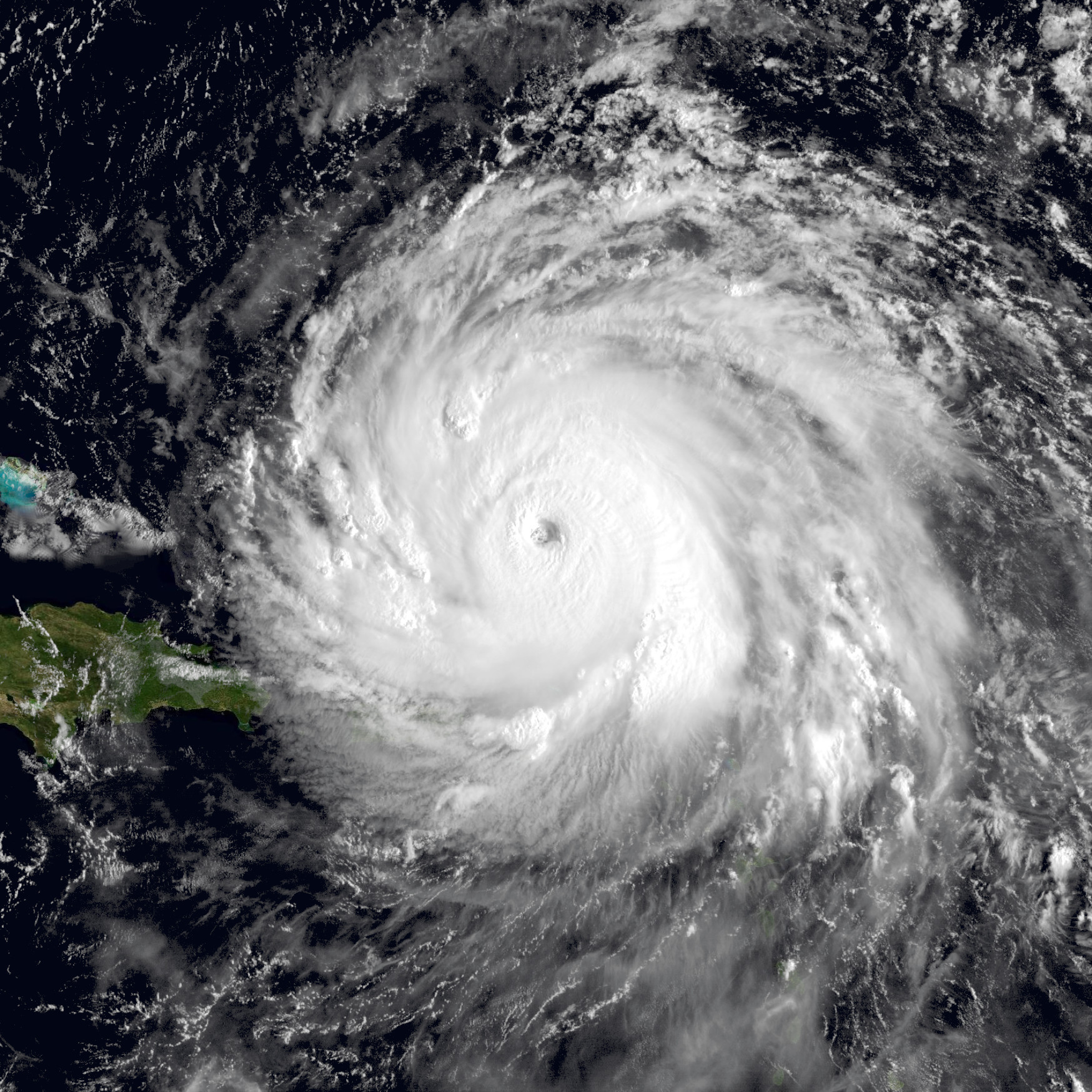A New Era of Global Confrontation?
How concerned should the United States be with the latest developments in the Ukrainian conflict, the Middle East, and the Indo-Pacific?
Quite concerned, according to the top U.S. military officer in the Indo-Pacific.
Over the past few weeks, we have seen North Korean troops deploying in Russia and Ukraine to support Moscow’s war of aggression in Ukraine. We have also seen Russia providing intelligence and targeting data to the Iranian-backed Houthi rebels in Yemen to facilitate their attacks against commercial shipping and Western warships in the Red Sea and Gulf of Aden. We have seen Iran and Israel attacking one another with direct military strikes. And finally, we have seen China using a record number of combat aircraft and warships to conduct a simulated blockade of Taiwan.
In a recent discussion, U.S. Navy Admiral Sam Paparo, the commander of the U.S. Indo-Pacific Command (PACOM), talked about the ongoing threats to the U.S. military and how global adversaries are directly or indirectly working together to undermine world order.
“The security environment that we’re living in right now is incredibly challenging, but you should be confident that we’re going to prevail,” Adm. Sam Paparo said in a speech last week in Honolulu.
Paparo made a point about potential U.S. adversaries, such as China, Russia, North Korea, and Iran, working together in, “symbiotic, no-limits relationships.”
“So, you see the PRC, Russia, Iran, and North Korea are collaborating and cooperating to oppose the United States, our allies, and our partners, like-minded democracies, every single day,” he said.
Although there is no official alliance, there is a certain alignment on policies that often counter those of the U.S. and the West.
“Threats are increasingly connected. The technology is demonstrating greater speed and greater effects,” the PACOM chief added. “Given the security mission, the security environment, the PRC’s increasingly aggressive behavior, more than any other time in recent history our ability to deter the PRC may have never been more urgent, nor more critical.”
China’s Military Expansion
China has been undergoing the largest military modernization and expansion since World War II, according to Paparo. Although officially the Chinese Communist Party claims to have spent around $230 billion in 2024, the actual numbers vary and range between $474 to $700 billion according to the source. The fact is that Beijing is spending a lot of on modernizing and building up its forces in the Indo-Pacific with an aim at regional superiority, and later global superiority.
Taiwan: A Potential Flashpoint
Taiwan remains Beijing’s priority, and the Chinese Communist Party will likely try to force a reunification with the island nation through an invasion in the immediate future. Everyone hopes that it doesn’t because if it does, and the U.S. decides to come to Taipei’s aid, a wider conflict will erupt, a conflict that no one wants.
“The PRC’s coercive campaign of pressure against Taiwan continues, and the PRC’s revanchist, revisionist, and expansionist claims in the South China Sea could very well be the next flash point,” the admiral concluded.
A Growing Challenge
The recent developments highlight the growing challenge facing the U.S. and its allies in a world where adversaries are increasingly willing to cooperate and challenge the existing order. The U.S. military is on high alert, but the path ahead remains uncertain. It is clear that the world is entering a new era of global confrontation, and the consequences could be significant.
New Security Risks
The US military is on high alert amid new security risks.




